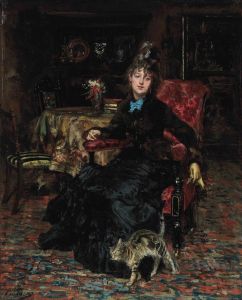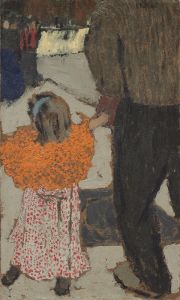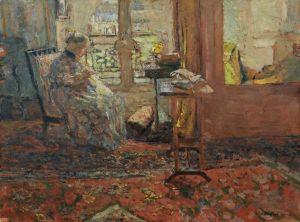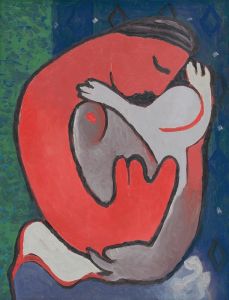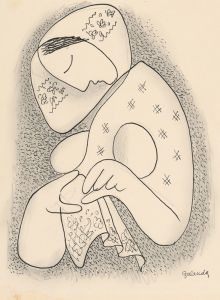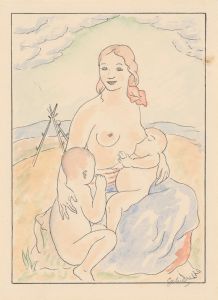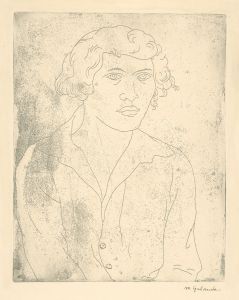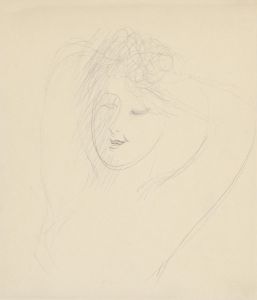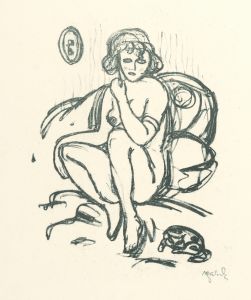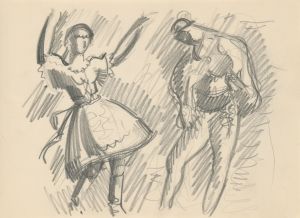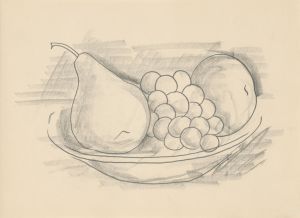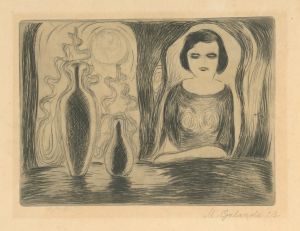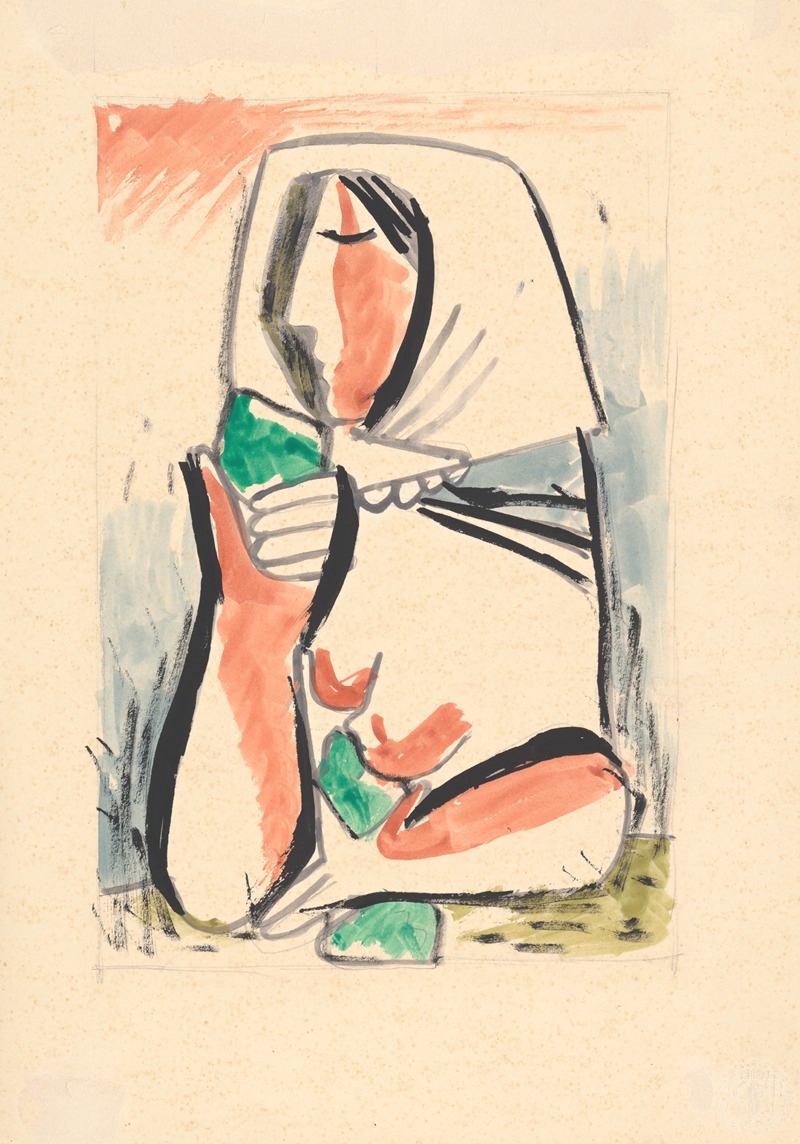
Žena v šatke
A hand-painted replica of Mikuláš Galanda’s masterpiece Žena v šatke, meticulously crafted by professional artists to capture the true essence of the original. Each piece is created with museum-quality canvas and rare mineral pigments, carefully painted by experienced artists with delicate brushstrokes and rich, layered colors to perfectly recreate the texture of the original artwork. Unlike machine-printed reproductions, this hand-painted version brings the painting to life, infused with the artist’s emotions and skill in every stroke. Whether for personal collection or home decoration, it instantly elevates the artistic atmosphere of any space.
Mikuláš Galanda was a prominent Slovak painter and illustrator, known for his significant contributions to modern Slovak art in the early 20th century. He was a key figure in the development of Slovak modernism and played a crucial role in shaping the visual culture of Slovakia during his time. One of his notable works is "Žena v šatke" (Woman with a Scarf), which exemplifies his unique style and artistic vision.
Galanda was born on May 4, 1895, in Turčianske Teplice, then part of the Austro-Hungarian Empire. He studied at the Academy of Fine Arts in Budapest and later in Prague, where he was influenced by the avant-garde movements of the time, including Cubism and Expressionism. His education and exposure to these movements significantly impacted his artistic style, which often combined elements of modernism with traditional Slovak themes.
"Žena v šatke" is a painting that reflects Galanda's interest in portraying Slovak identity and culture through a modernist lens. The painting features a woman wearing a traditional Slovak scarf, a common element in Slovak folk attire. Galanda's use of bold colors and simplified forms in this work is characteristic of his style, which often sought to merge the modern with the traditional.
The painting is notable for its composition and the way it captures the essence of Slovak womanhood. The subject's serene expression and the flowing lines of the scarf create a sense of harmony and balance. Galanda's use of color is particularly striking, with vibrant hues that bring the subject to life while also emphasizing the cultural significance of the attire.
Galanda was part of a group of Slovak artists known as the "Generation of 1909," who were instrumental in introducing modernist ideas to Slovak art. This group sought to break away from the academic traditions of the time and explore new forms of expression. Galanda's work, including "Žena v šatke," reflects this desire for innovation and a new artistic language that could convey the complexities of Slovak identity in a rapidly changing world.
Throughout his career, Galanda remained committed to exploring themes of national identity and cultural heritage. His work often depicted scenes from everyday Slovak life, infused with a modernist sensibility that challenged traditional artistic conventions. "Žena v šatke" is a testament to his ability to blend these elements seamlessly, creating a work that is both contemporary and deeply rooted in Slovak tradition.
Mikuláš Galanda's contributions to Slovak art were cut short by his untimely death on June 5, 1938. However, his legacy lives on through his paintings and illustrations, which continue to inspire and influence Slovak artists today. "Žena v šatke" remains an important piece in understanding Galanda's artistic vision and his role in the development of modern Slovak art.





